So what is a smart home?
Smart homes take advantage of smart phone technologies to provide you with automated control of your homes systems such as heating and lighting. Using our phones to control our homes can make our them safer, more comfortable and durable, and reduce our home energy consumption by as much as 25% in some cases.
Heating systems and lights can be turned on or off, curtains and skylights can be opened or closed, home alarms activated or deactivated, doors locked or unlocked, dishwashers, washing machines and even electric vehicle chargers activated optimally for energy savings in conjunction with smart meters and flexible energy pricing, all with one touch on your portable device.
From a home durability perspective, there are sensors and devices that can send you a notification that a water leak has occurred, and that the system has shut the water off to prevent further damage. Even Captain Jean-Luc Picard would be impressed with some of the remotely-operated features and automated protections that are now available.
Many of these smart home devices have been on the market for 10 or 15 years, but they were far out of range for most homeowners, in part because your old flip-phone didn’t have the necessary capabilities. Technologies have advanced and brought prices down, but now almost everyone you encounter already has half the required technology in their back pocket.
Smart thermostats:
In the average home, the inclusion of intelligent thermostats could mean a savings of 10 to 20% on your heating bill, and about the same in summer with home-cooling costs. Those are not insignificant savings, and even though a system may at first seem costly, you will often recoup your money in as little as 2 years.
Most homes already include programmable thermostats, so how is controlling it remotely such a big advantage? Because very rarely are those programmable thermostats programmed! They showed potential, but as they are rarely used to their full advantage, the savings just haven’t materialized on a grand scale.

|
|
Smart thermostats, how do they work?
|
Smart thermostats are connected to Wi-Fi, so you can track your consumption in real time and recognize your habits. You will begin to see when you use the most energy, and how to cut back your costs without inconvenience or discomfort.
In addition to saving you money, some thermostats will even send you alerts when they detect high carbon monoxide levels, , radon gas alerts, smoke, problems in systems or heaters, etc.
Three types of smart thermostats we like:
1. Nest:
With simple inputs based on your comfort habits, this smart thermostat learns from your behaviour and automatically adapts and programs itself in a few days. It only takes a very short time for it to learn what time you come home, go to bed, wake up, and just how warm you like your home to be at these times. These features helped earn it a Gold Medal for Best Smart Thermostats in TopTenReviews.
The only downside to this model used to be that there was no remote sensor that can be placed in a different location of the house – it would only monitor and control the temperature based on the location of the main device. Thankfully since early 2018 this feature is now available.
2. Ecobee4,
The advantage of this thermostat is that it is paired with Amazon's Alexa technology, which means you do not need a separate device to enjoy the benefits of voice control. The Ecobee4 offers roughly the same features as the Nest device mentioned above, though one advantage it had originally is that it offered remote sensors. Depending on the size and thermal balance of your house, this added feature and the added cost may or may not make it the better choice.
The downside of the Ecobee4 is that unlike the nest, it does not automatically program itself based on your behaviour.
3. Lyric T5
Although the device is not as advanced as the two models mentioned above, it offers an affordable solution if you want a basic smart thermostat. Like the first two, the thermostat is connected to Wi-Fi and can be programmed according to your exact schedule.
Other smart thermostats to consider in 2019
- Ecobee3 Lite
- Ecobee SmartThermostat
- Emerson Sensi
- Emerson Sensi Touch
- Honeywell Lyric
- Honeywell Lyric T5
- Johnson Controls GLAS
- Lux Geo
- Lux Kono
- Nest Learning Thermostat
- Nest Thermostat E
Smart home monitors
Just like smart thermostats, smart home monitors are connected to the internet and allow you to track and control the consumption of your home electronics, mechanical systems and appliances.
These systems typically connect to the electrical panel and allow multiple circuits to be monitored simultaneously. When multiple devices share the same circuit, a ‘Smart Outlet’ can be added to communicate separately if required.
Depending on the model, you can know your energy consumption in real time, and what the share of ‘ghost’ consumption is. Ghost consumption refers to the power consumed by electronics that are not operating but still drawing a base level of energy just by being plugged in.

|
|
Smart home monitor © Rogers Communications
|
Smart home monitors can provide you with a running history of your consumption, your carbon footprint, and even a list of your most energy-consuming appliances or devices. It can also help you set monthly budgets and goals for energy consumption and send you notices of issues that need to be addressed.
Examples of messages that will be sent to you:
- A defrosting coil in your refrigerator seems to be faulty. This could cost you $25 more per month in electricity.
- The electrical circuit of your living room has reached its maximum capacity; please turn off a device.
LEED V4 requirements
To support energy efficiency efforts, LEED® Version 4 awards 2 points for monitoring energy and water consumption in real time. The points can be obtained through a monitor that tracks the consumption remotely.
Smart home monitors available in Canada/USA:
- Blue Line Innovations Power Cost Monitor
- Eyedro Home Electricity Monitors
- Sense
- Smappee
- Ecoisme
- Neurio
- Ted Pro Home
- Powerhouse Dynamics SiteSage
- CURB
- CurrentCost
- Efergy
DIY and open source smart home monitoring systems
- EMONPI
- ARDUINO SHIELD
- ARDUINO - XBEE
- RASPBERRY PI
Other intelligent home device articles:
- Lithium-Ion home batteries that now include smart features to learn habits to better manage power storage.
- Sewage backup flood prevention device that automatically blocks drains to prevent waste water infiltration.
Now you know about how to set up smart home technologies, find more pages about sustainable and resilient green building techniques in the Ecohome Building Guide and these pages below :
Promote your construction business by signing up here for a free Ecohome Network membership! |
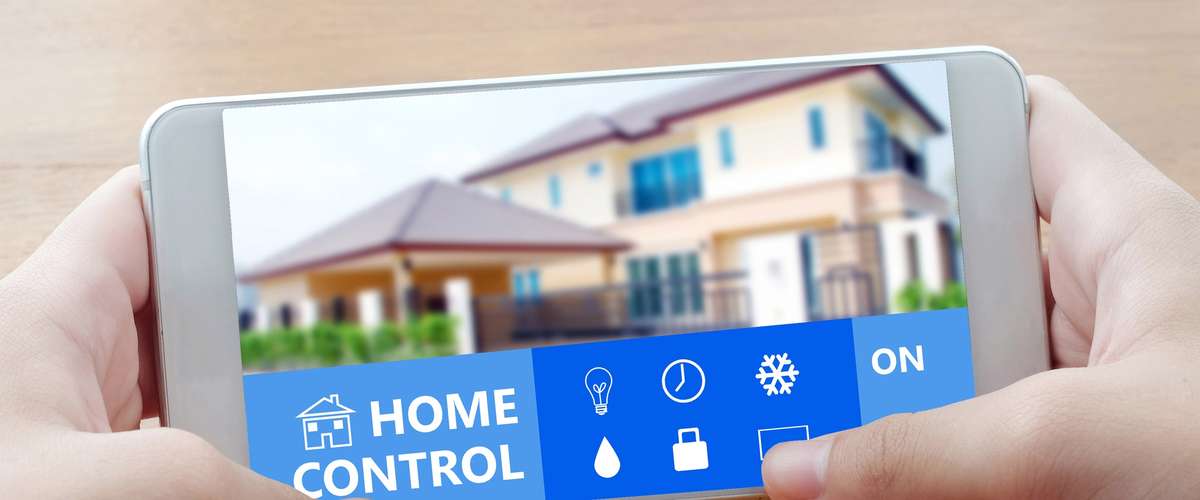


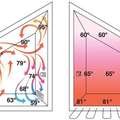


























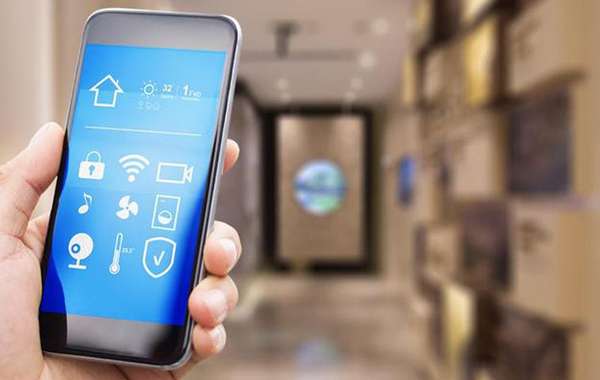

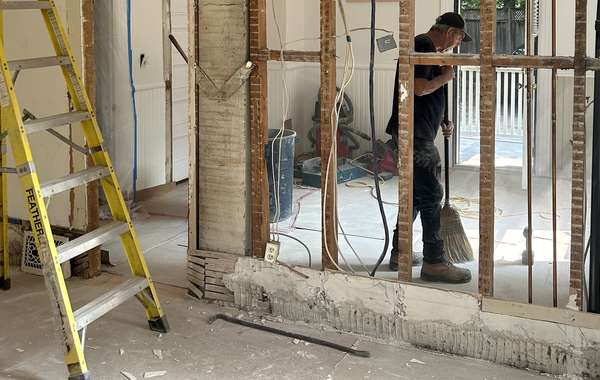


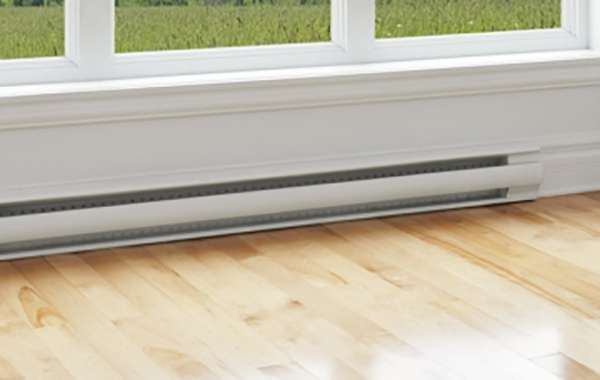

Unable to find the application form for the 40k interest free loan ? Please advice thank you .